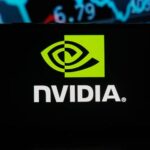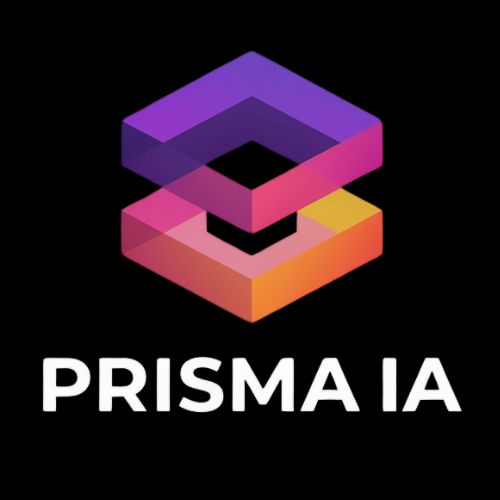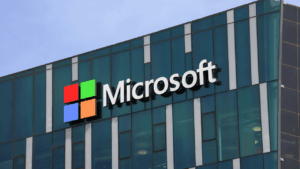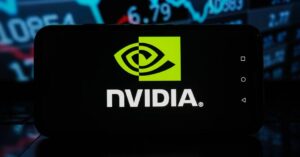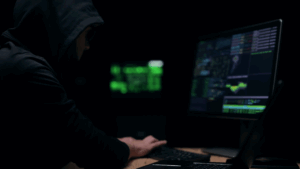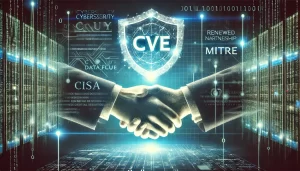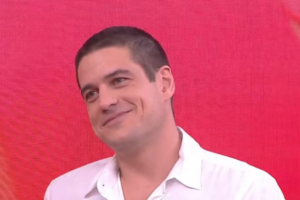AI and Creativity: Can Machines Truly Create Art?
In recent years, the intersection of artificial intelligence (AI) and creativity has sparked intense debate among artists, technologists, and philosophers. As AI systems become increasingly sophisticated, the question arises: can machines truly create art, or are they merely imitating human creativity? This exploration delves into the nuances of AI-generated art, the implications for the creative process, and the philosophical inquiries that accompany this technological evolution.
The Rise of AI in Art
AI’s foray into the art world has been largely facilitated by advancements in machine learning, particularly through neural networks. Systems like OpenAI’s DALL-E and Google’s DeepDream have demonstrated remarkable capabilities in generating images, music, and even poetry. These algorithms analyze vast datasets, learning patterns and styles from existing works to produce novel compositions.
One of the most notable examples of AI’s artistic capabilities is the sale of an AI-generated painting, "Edmond de Belamy," at a Christie’s auction in 2018 for $432,500. This event marked a watershed moment, prompting discussions about the nature of creativity and the role of machines in artistic expression.
Imitation vs. Originality
A fundamental question in the dialogue about AI and creativity is whether machines can genuinely create original work or if they are simply remixing existing styles. Critics argue that AI lacks consciousness, emotions, and subjective experience—elements often considered essential to the human creative process. They contend that AI-generated art is essentially a sophisticated form of imitation, devoid of the deeper meanings and personal narratives that characterize human-created works.
In contrast, proponents of AI-generated art argue that creativity is not solely a human trait but can emerge from complex systems that process information in innovative ways. They suggest that AI can produce unique combinations and styles that may not have been conceived by human artists, thereby expanding the boundaries of creativity.
The Collaborative Potential of AI
Rather than viewing AI as a replacement for human artists, many see it as a collaborator. Artists are increasingly using AI tools to augment their creative processes, leveraging machine-generated suggestions to inspire new ideas or refine their techniques. This partnership can lead to a richer, more diverse artistic landscape, where human intuition and machine efficiency coexist.
For instance, AI can assist in the creation of music by generating melodies or harmonies that musicians can build upon. Similarly, visual artists can employ AI to explore variations of their work or experiment with styles that challenge their traditional approaches. This collaborative potential reshapes the narrative around creativity, suggesting that it can be a shared endeavor between humans and machines.
Ethical Considerations and Ownership
The rise of AI-generated art raises important ethical questions regarding authorship and ownership. If a machine creates a piece of art, who holds the rights to that work? The programmer, the user, or perhaps the machine itself? These questions are further complicated by the fact that AI systems often rely on existing works for training data, leading to concerns about copyright infringement and originality.
Moreover, the commodification of AI-generated art poses a dilemma for traditional artists who may struggle to compete with the speed and efficiency of machines. As AI continues to advance, the art market may see a shift in value perception, challenging the notion of what constitutes art and who gets to create it.
Philosophical Implications
At its core, the debate over AI and creativity touches on profound philosophical questions about the nature of art and the human experience. What does it mean to be creative? Is creativity an innate human quality, or can it be replicated by machines? These inquiries invite us to reflect on the essence of artistic expression and the role of technology in shaping our understanding of it.
As we stand at the crossroads of innovation and tradition, the dialogue around AI and creativity will continue to evolve. Whether machines can truly "create" art remains an open question, but what is clear is that they can inspire new ways of thinking about creativity itself.
Conclusion
The intersection of AI and creativity presents both exciting opportunities and complex challenges. While machines may not possess the emotional depth of human artists, their capacity to generate novel ideas and collaborate with human creators offers a new dimension to artistic expression. As we embrace this technological evolution, we must navigate the ethical, philosophical, and practical implications of AI in the world of art. Ultimately, the journey of understanding and redefining creativity in the age of AI is just beginning, and it promises to be as transformative as it is intriguing.



